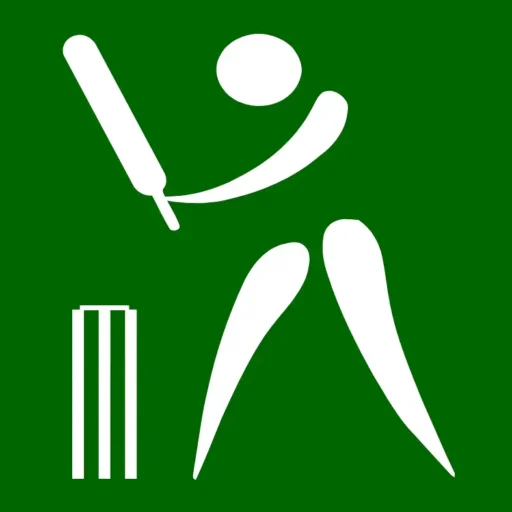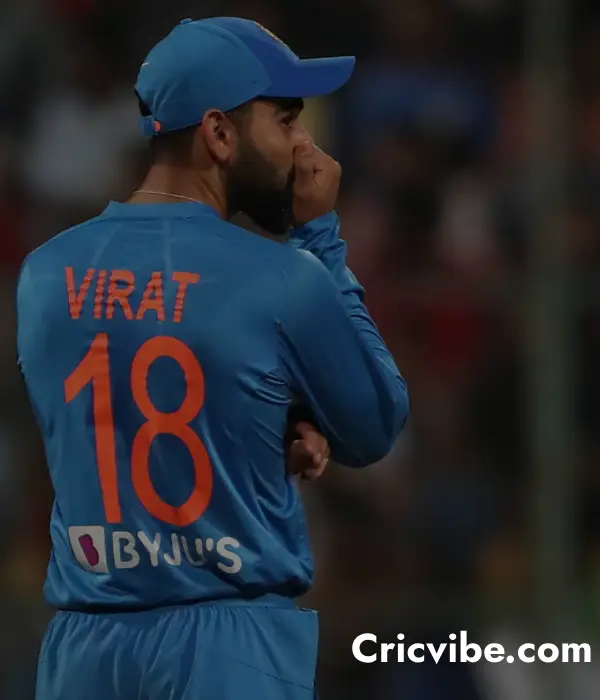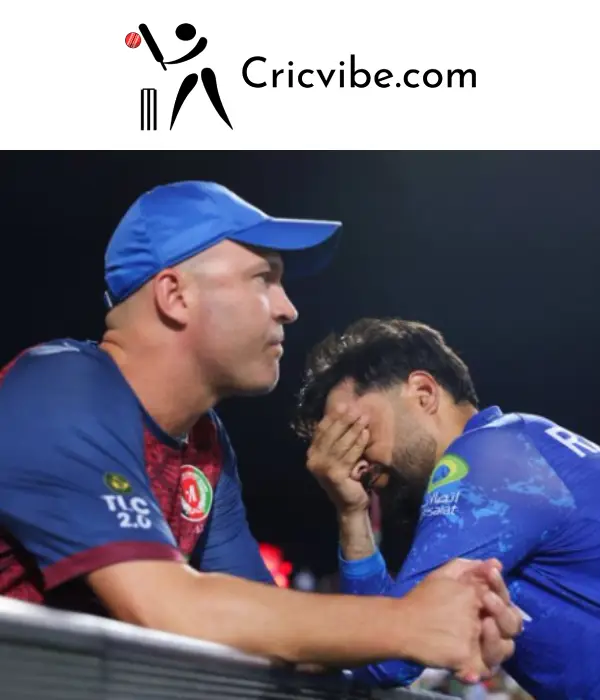Cricket might initially seem complicated, but it becomes an exciting and enjoyable sport once you understand the basics. This article will explain how cricket is played, making it easy to understand, even if you’re new to it. Let’s dive into the world of cricket!
What is Cricket?
Cricket is a team sport played between two teams of 11 players each. The main objective is to score more runs than the opposing team. It’s played on a large, circular field with a rectangular pitch in the center. Two sets of wickets are at each end of the pitch, which are crucial for scoring and getting players out.
Basic Equipment Needed
Before we get into how cricket is played, let’s take a look at the basic equipment needed:
- Bat: Used by the batter to hit the ball.
- Ball: Typically made of leather and slightly smaller than a baseball.
- Wickets: Consists of three wooden stumps and two bails.
- Pads, gloves, and helmet: Protective gear worn by the batter.
The Two Teams: Batting and Bowling
In cricket, the game is divided into two parts: one team bats while the other team bowls and fields. Let’s break down what these roles involve.
Batting
When a team is batting, their goal is to score as many runs as possible. The batters stand on the pitch, and one player from the bowling team bowls the ball towards the batter. The batter then tries to hit the ball and run between the wickets to score runs. The team continues batting until 10 of their 11 players are “out.”
Bowling
The bowling team’s job is to get the batters out. One player from the team bowls the ball towards the batter, aiming to hit the wickets or make the batter hit the ball poorly so that the fielders can catch it.
Related: Uma Chetry: Rising Star of Indian Women’s Cricket
How Do You Score Runs?
Scoring runs is one of the most important parts of cricket. Here’s how runs can be scored:
- Running between wickets: After hitting the ball, the two batters can run to the opposite ends of the pitch. Each time they successfully run from one end to the other, they score 1 run.
- Boundaries: If the batter hits the ball and it reaches the boundary (the edge of the field) without bouncing, it’s called a “six” and the team scores 6 runs. If the ball reaches the boundary after bouncing, it’s called a “four” and the team scores 4 runs.
- Extras: The bowling team can give away runs through “extras” like wides (bowling too far for the batter to hit) or no-balls (bowling illegally).
How Can a Batter Get Out?
Just like scoring runs, getting players out is a big part of the game. Here are some common ways a batter can be out:
- Bowled: The ball hits the stumps, and the bails fall off.
- Caught: The batter hits the ball, and it is caught by a fielder before touching the ground.
- Run-out: The fielding team hits the stumps with the ball before the batter can reach the safety of the crease while running.
- LBW (Leg Before Wicket): If the ball hits the batter’s leg and would have hit the stumps, the umpire can declare the batter out.
Overs in Cricket
An “over” in cricket consists of 6 deliveries (balls bowled). Once 6 balls are bowled, the bowling team changes bowlers, but the team continues bowling from the opposite end of the pitch. Matches can be short (like T20 games with 20 overs per team) or long (Test matches, which last up to 5 days).
Fielding Positions
The fielding team has players spread around the field in different positions. Some stand close to the batter (like the wicketkeeper behind the stumps), while others stand far away to catch or stop long hits. Common fielding positions include:
- Slip: Positioned next to the wicketkeeper, ready to catch the ball.
- Mid-on and Mid-off: Close to the bowler, ready to stop or catch.
- Deep fielders: Positioned far from the batter to catch long hits.
Innings in Cricket
Each team gets to bat once in a game, and this is called an “innings.” Depending on the format of the game, each innings might last a set number of overs or until 10 players are out.
Types of Cricket Matches
There are different formats of cricket based on the number of overs:
- T20: 20 overs per team. These are the shortest, most fast-paced matches, usually completed in a few hours.
- One Day Internationals (ODIs): 50 overs per team. These matches take about a day to complete.
- Test Matches: These are the longest format of cricket, lasting up to five days with two innings per team.
Umpires and Rules
Two umpires oversee the game. They make decisions about whether a batter is out, if a ball is a no-ball or wide, and if a run is scored. Their decisions are final, although in some formats, teams can use technology (like DRS, the Decision Review System) to challenge an umpire’s call.
The Spirit of Cricket
Cricket isn’t just about rules; it’s also about playing with respect and fairness. This is known as the “Spirit of Cricket.” Players are expected to play honestly, respect their opponents, and accept the umpire’s decisions.
Cricket is a thrilling game once you understand its basic rules. Whether you’re watching a quick T20 match or a five-day Test, the excitement of runs, wickets, and strategy makes cricket an engaging sport. So, next time you see a game, you’ll know exactly what’s happening!



